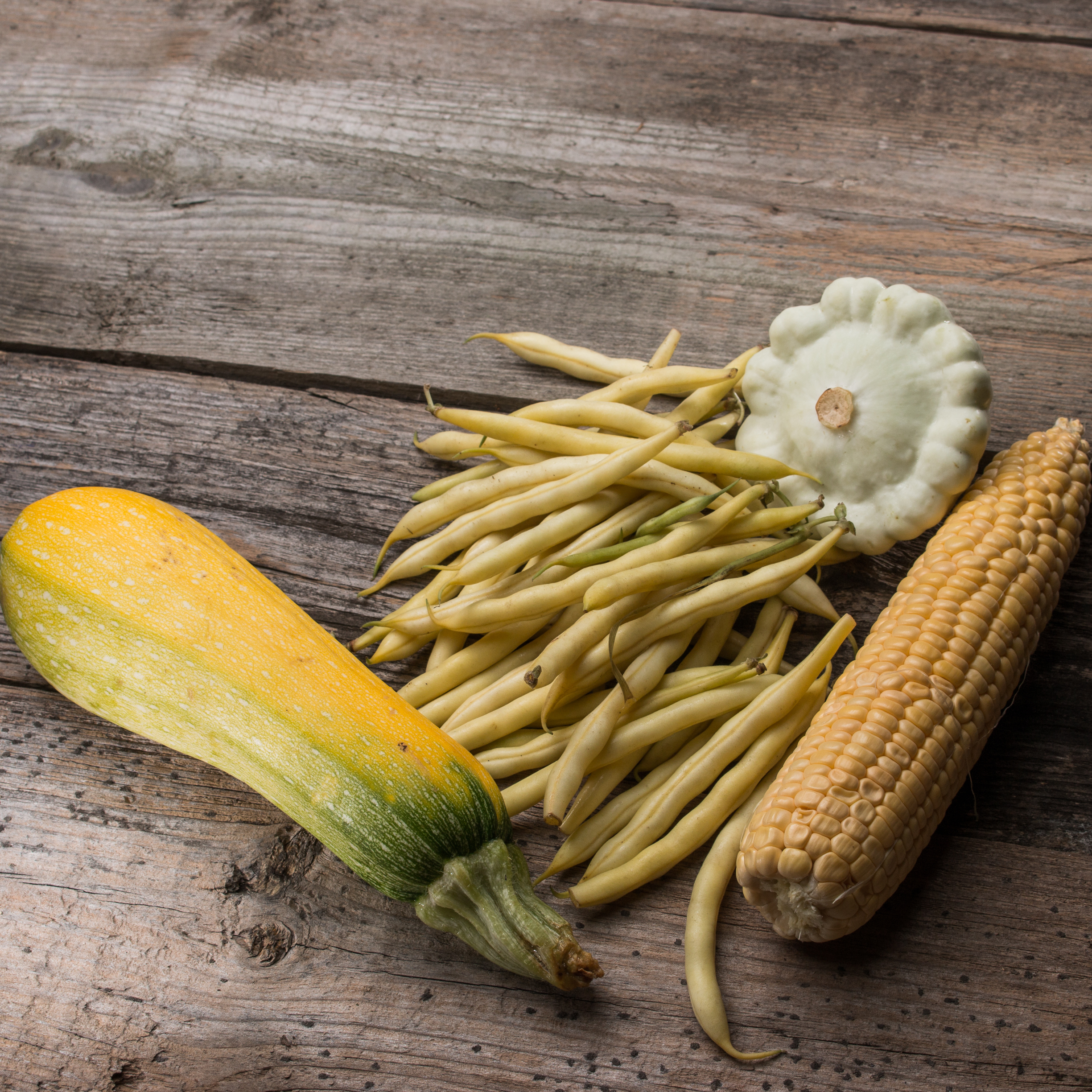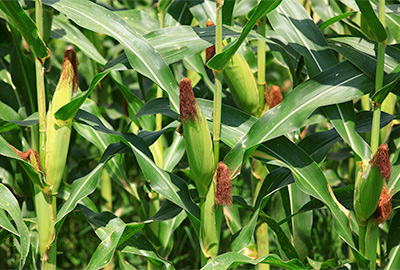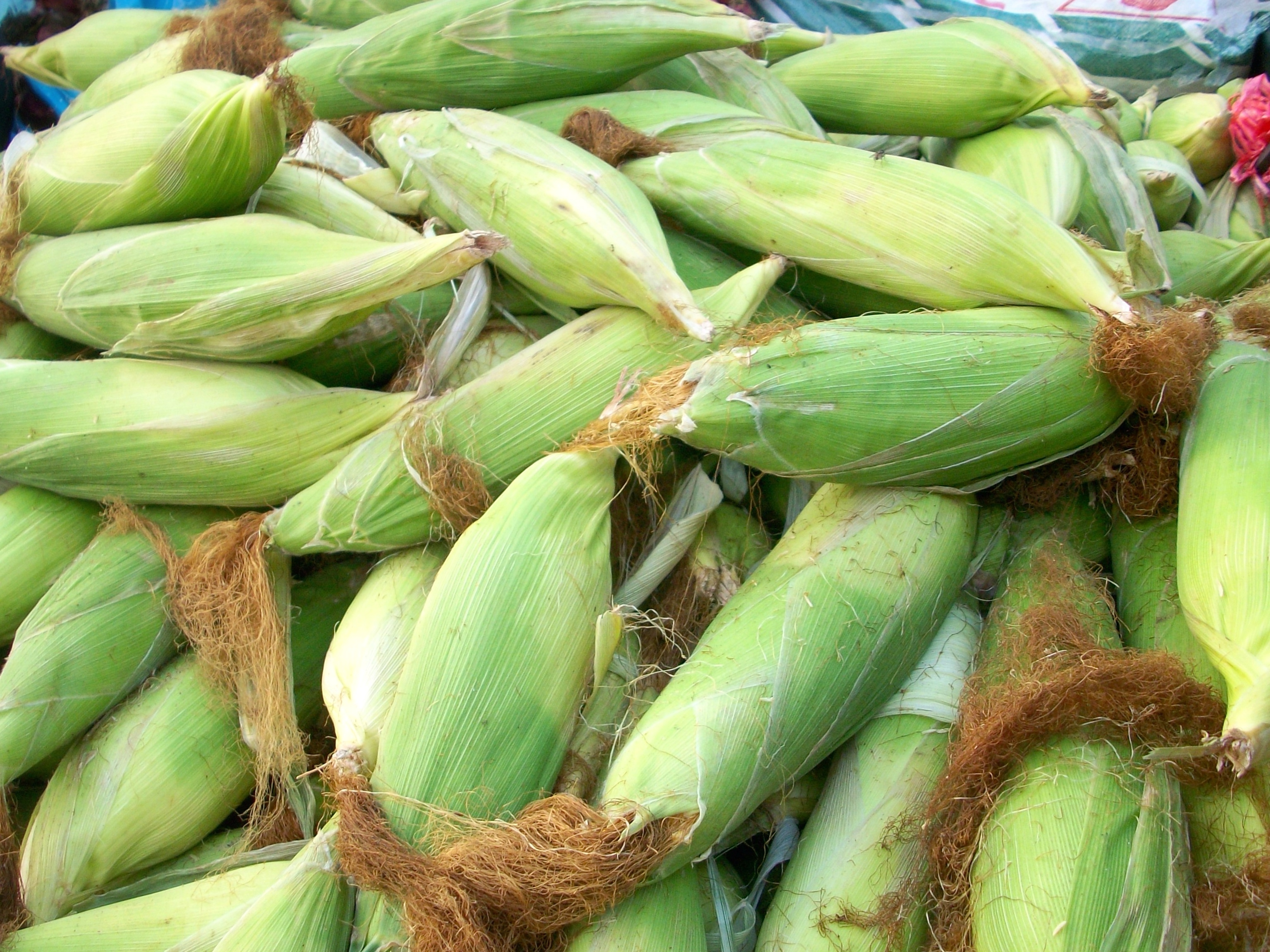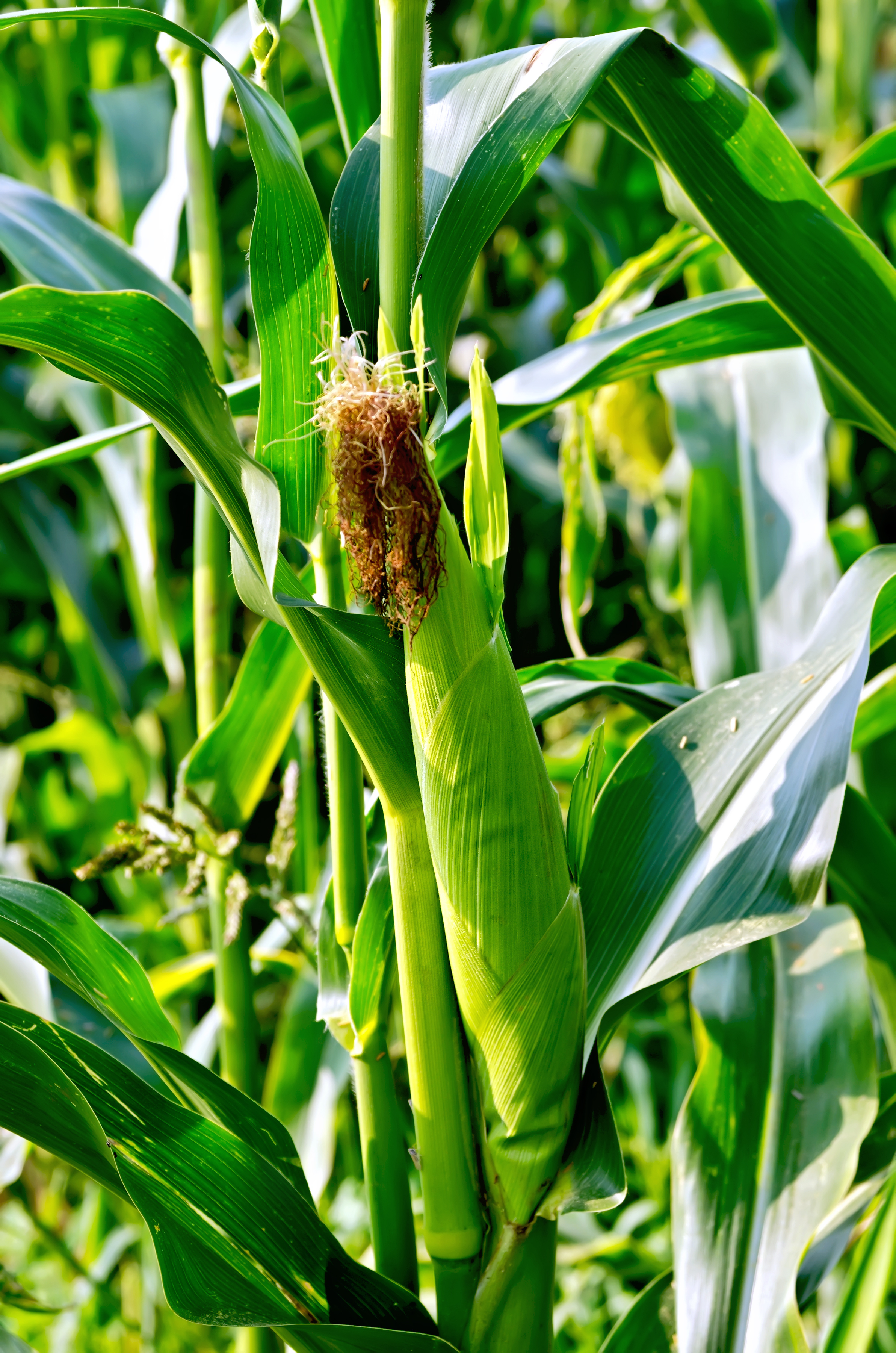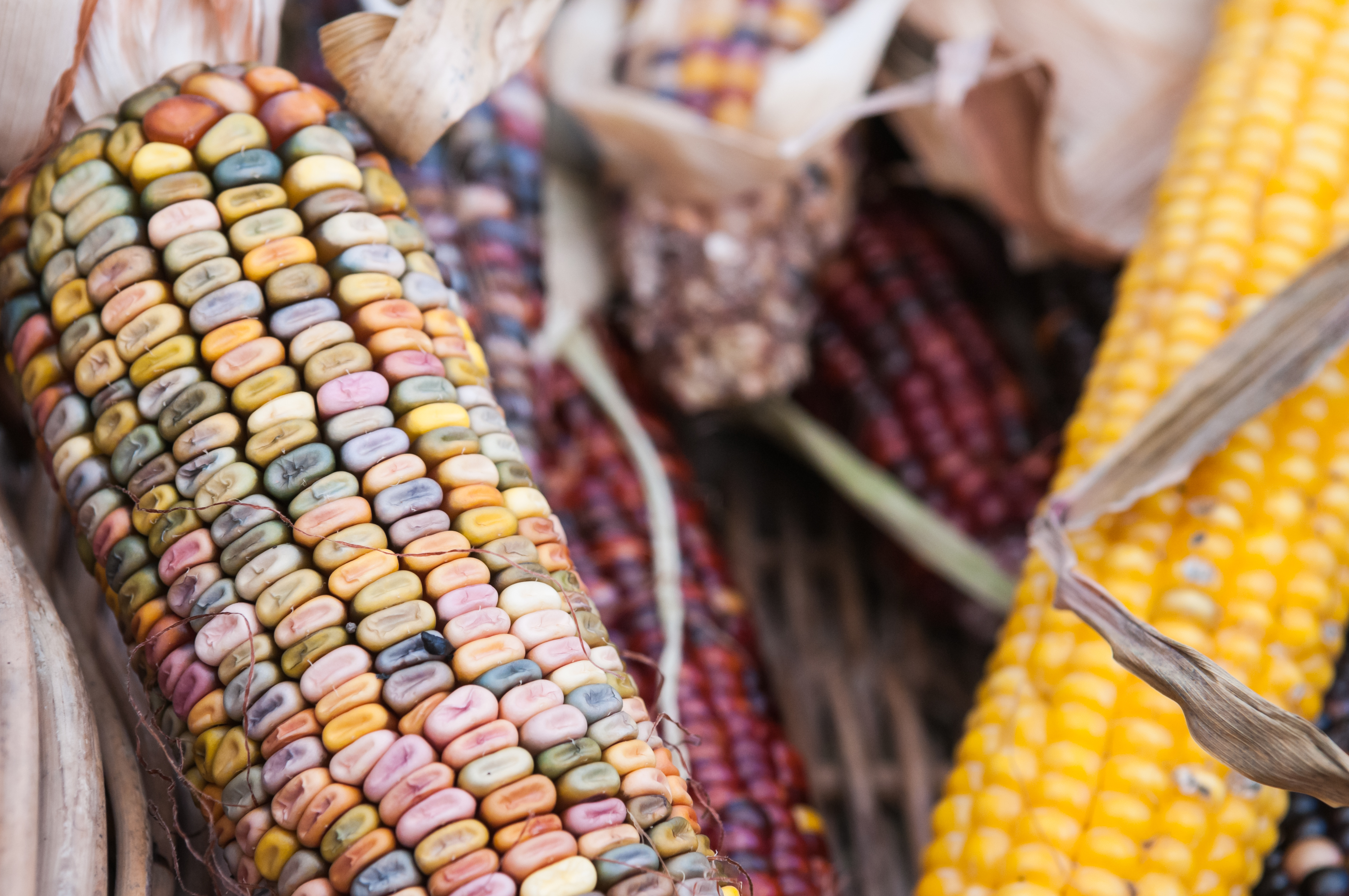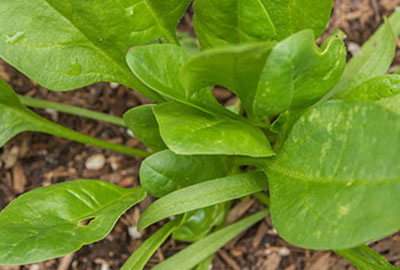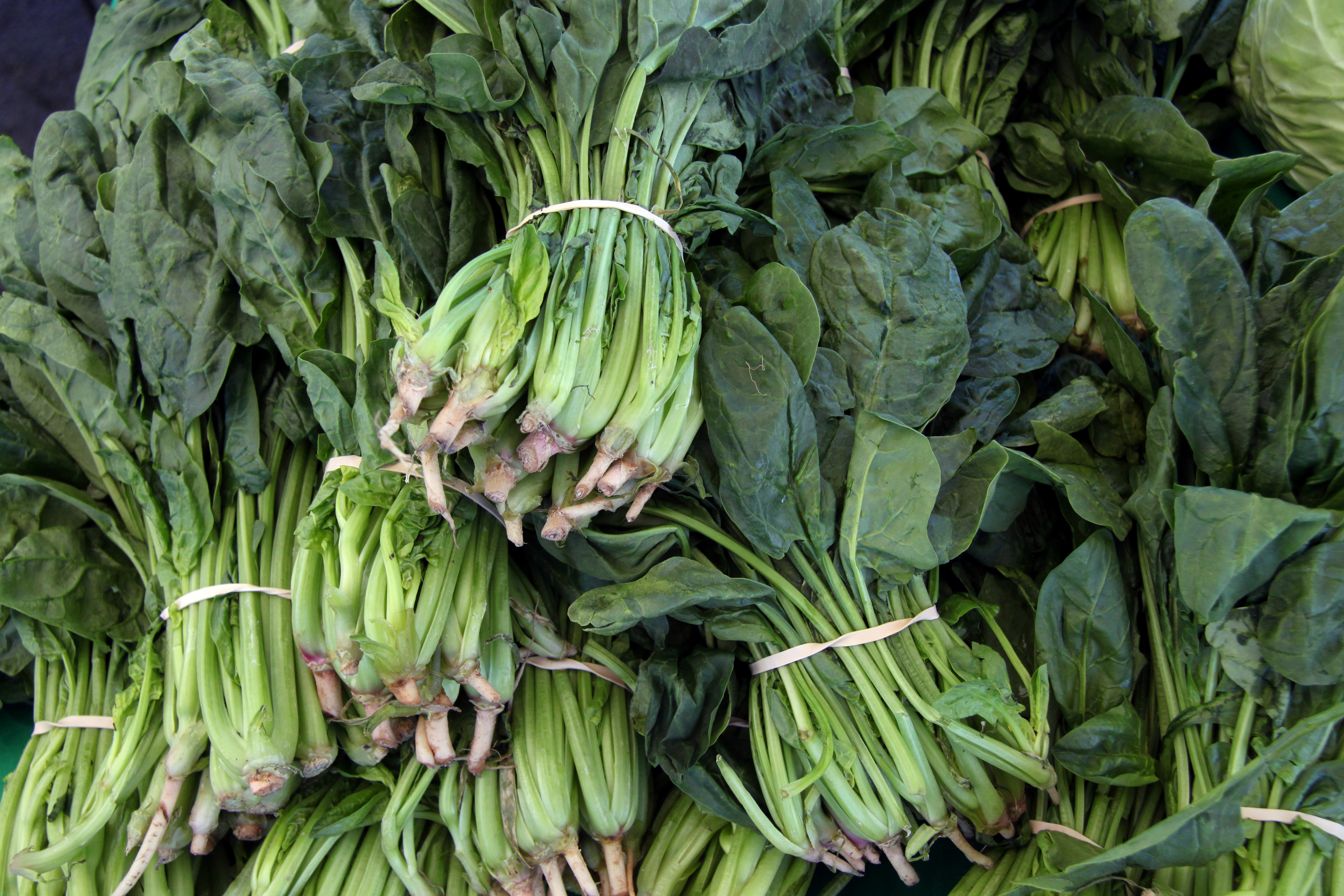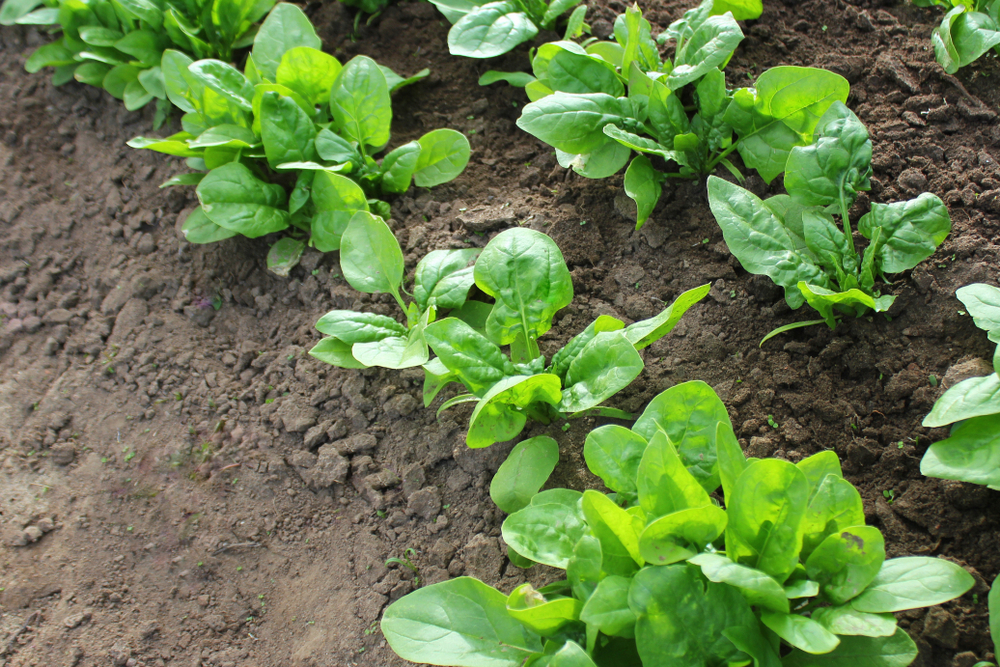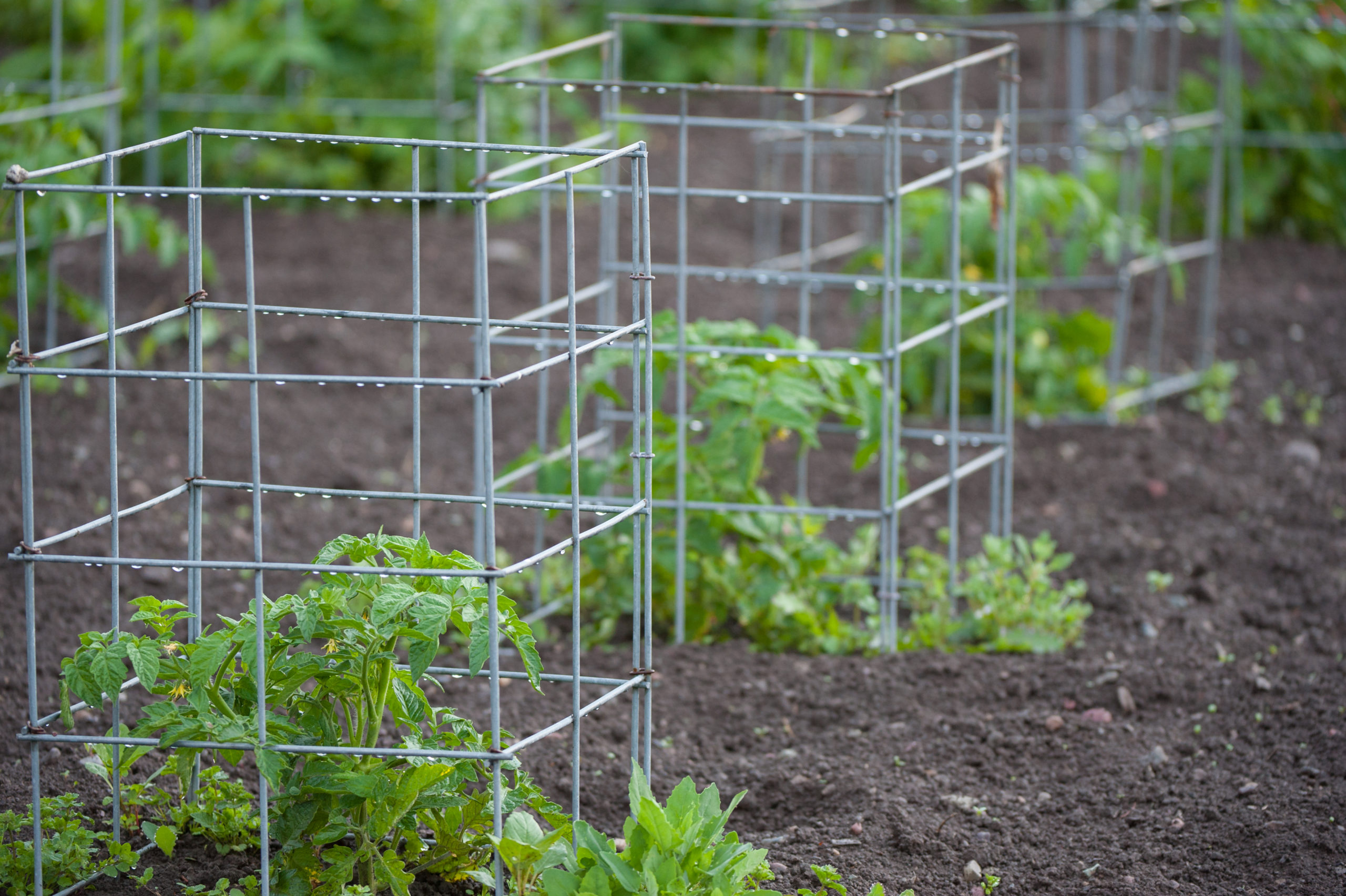Dig in
GardenZeus Zone 12: ‘The Three Sisters’ Companion Planting in Southern California’s Warm Inland Valleys
May 18, 2016
GardenZeus Southern California
/ Organic Gardening: Vegetables
/ The Mighty Garden Archive
By: C. Darren Butler
The Three Sisters is a traditional Native American agricultural grouping that includes corn, beans, and squash, with corn providing a natural trellis for beans and vining squash, beans fixing soil nitrogen theoretically to the benefit of all three crops, and squash providing a living mulch with large leaves that cool the soil and discourage weeds. The Three […]
Read More
GardenZeus Secrets of Success for Growing Corn in the California Home Garden
Have you spent months carefully attending to corn in your garden for little or no yield, or watched corn ears grow over weeks to be disappointed by scattered kernels per ear at harvest? If so, you’re not alone. Corn is a demanding vegetable, with a long list of needs for successful harvest of kernel-filled ears. […]
Read More
GardenZeus Quick Tips: How Many Corn Plants Should I Grow in My Garden?
Corn is a space-hog in proportion to the amount of food it produces. Planting space is more often a limiting factor than a gardener’s appetite when growing corn in the home garden. Each sweet-corn plant will produce only one or two ears (often one ear for early varieties and two ears for late varieties). For […]
Read More
GardenZeus Quick Tips: Should I Grow Supersweet Corn in my Garden?
GardenZeus expert Darren Butler generally recommends that home gardeners NOT grow supersweet corn varieties, which may produce plants that are less vigorous than heirlooms and hybrids. Supersweet corn may be more sensitive to cold soils and variable soil conditions. Cross-pollination between supersweet corn and other corn varieties increases starchiness in the kernels for both varieties, […]
Read More
The GardenZeus Quick and Easy Guide to the Main Types of Garden and Agricultural Corn
The main types of garden and agricultural corn include: – Sweet corn (Zea mays var. saccharata or Zea mays var. rugosa) is grown for canning, freezing, and don’t forget eating fresh on the cob! It comes in yellow, white, and bicolor varieties. – Dent or field corn (Zea mays var. indentata) is grown for animal […]
Read More
How Much Spinach Should I Grow?: The Popeye-Bluto Garden Spinach Planner
If Popeye, the spinach-loving cartoon hero, somehow contacted GardenZeus for garden advice, we would not hesitate to suggest that he plant a large portion of his garden in spinach to ensure the supply he needs to prevail against Bluto, his spinach-deficient archenemy. Where do you fall on the Popeye-Bluto spinach scale? For occasional eaters of […]
Read More
The GardenZeus Guide to Three Main Types of Garden Spinach
Garden spinach comes in three basic types: savoy, flat-leafed or smooth-leafed, and semi-savoy. Savoy types have darker green, crinkled leaves. They are cold tolerant and productive for home gardens. Flat-leafed or smooth-leafed types have flat, lighter-green leaves and are preferred for canning, commercial food processing, and sometimes for home cooking because leaves are easy to […]
Read More
GardenZeus Serious Gardening: Are You Eating Toxic Lead with Your Spinach and Leafy Greens?
Spinach, among all the popular garden vegetables, is especially effective at absorbing essential metals, those needed for both plant and human health, such as iron and manganese, from the soil. Unfortunately, spinach is also of special concern to GardenZeus expert Darren Butler because it is effective at absorbing toxic metals from soil, including lead and […]
Read More
The GardenZeus Guide to Staking, Supporting, and Trellising Tomato Plants
October 2, 2015
Nothing But Tomatoes
/ Organic Gardening: Vegetables
/ Pruning and Other Seasonal Tasks
/ The Mighty Garden Archive
By: C. Darren Butler
Most tomato varieties will need staking or trellising to keep plants manageable, prevent vigorous tomato varieties from overwhelming other nearby vegetables, maximize growing space and maintain garden tidiness by requiring tomatoes to grow up rather than outward, allow for easier harvesting, and to reduce or prevent disease and pest problems caused by tomato fruits and […]
Read More
